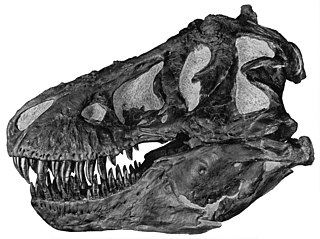Another one from Rosetta, MODULUS - Methods Of Determining and Understanding Light elements from Unequivocal Stable isotope compositions - is described in Cosmos as part of the PTOLEMY instrumentation "to understand the geochemistry of light elements, such as hydrogen, carbon, nitrogen and oxygen".
That’s a lot of words and definitely an ORCA level of commitment to contrive a word out of it, even if they were not able to use them all!


